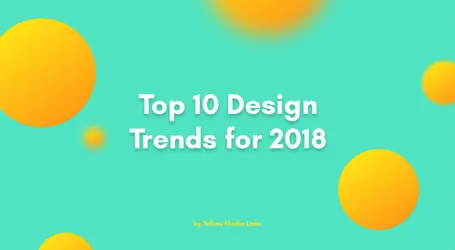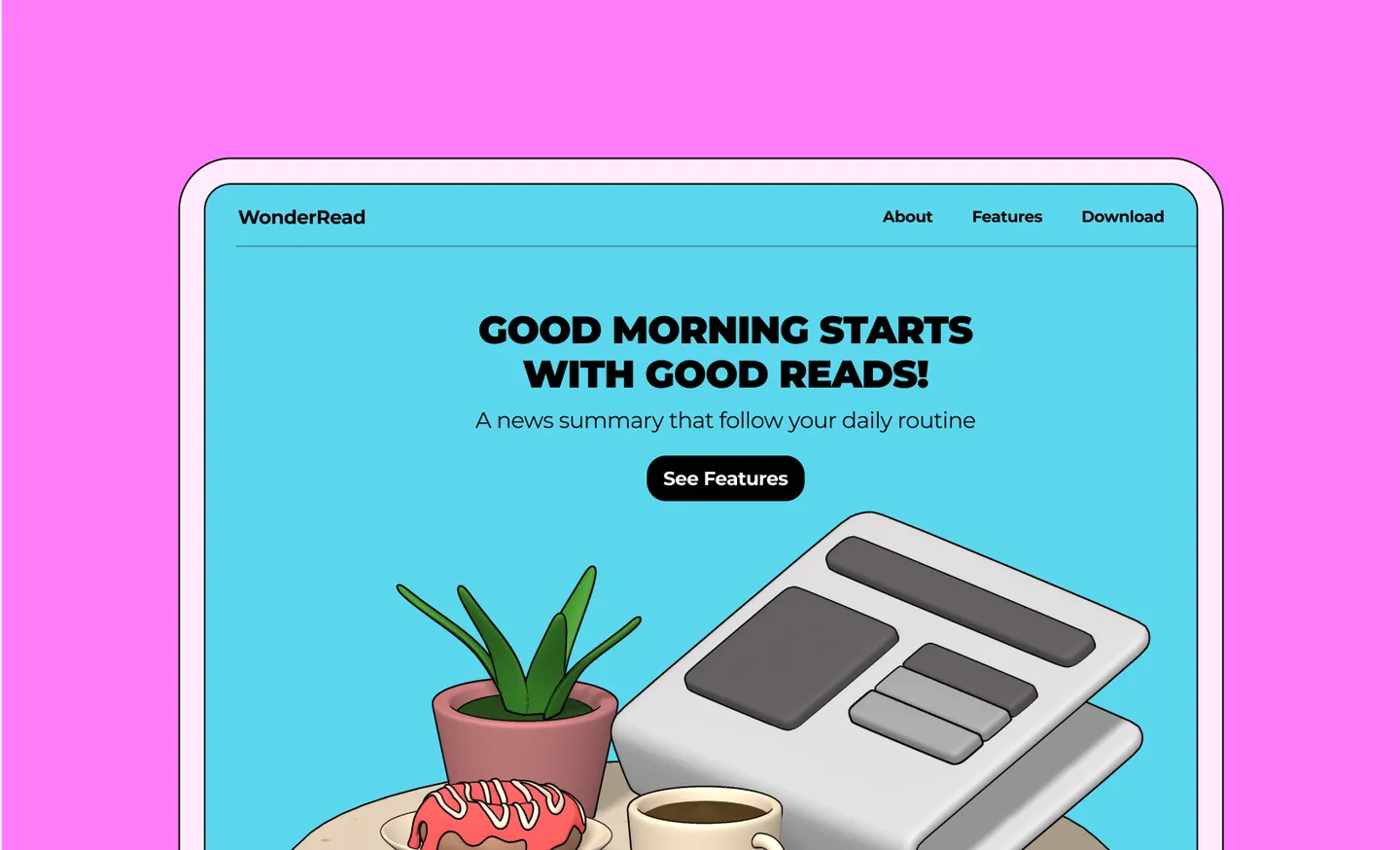
Harmonizing AI Voice and Illustrations on Websites: Improving User Experience and Engagement
Boost engagement with AI voices and visuals—learn how tech transforms your site!
Given the fact that 75% of website credibility comes from design, every element contributes to shaping your target audience’s perceptions of your brand.
From the layout and navigation to the visual appeal and ease of use, there’s a lot that goes into creating a positive user experience for site visitors.
Integrating advanced technologies like AI voice interactions and AI-generated illustrations can elevate the functionality and aesthetic appeal of your site. User engagement could also see a boost.
In this blog post, you’ll learn how these technologies can help you foster trust, engagement, and loyalty among your website visitors.
What Is AI Voice Technology?
AI voice technology uses artificial intelligence to recognize, interpret, and generate human speech. Natural language processing (NLP) and machine learning make it possible for AI to create interactive voice interfaces that respond to human commands.

There are several ways to use AI voice technology on your website:
- Voice search: Users can search for information on your site using spoken queries instead of typing.
- Voice-activated navigation: Visitors can move through your site using voice commands. This allows them to access different sections without using a mouse or keyboard.
- Voice feedback and notifications: AI-generated voices can provide auditory responses to user actions to enhance interactivity and accessibility. (For example, An education platform offers voice feedback on quiz results and course progress)
- Interactive voice guides and tutorials: AI voice-activated guides and tutorials can walk users through complex processes or provide step-by-step instructions.
- Voice-driven forms and surveys: Users can fill out forms or complete surveys by speaking their responses. This works by converting spoken responses into text and populating form fields.
- Real-time translation: Using AI voice technology on your website, you can provide multilingual support, which helps potential customers interact with the website in their preferred language.
What Are AI Illustrations?
Nearly 60% of web designers use AI to generate images or other media assets for a website.
But what exactly are these illustrations, and how do they work?
AI-generated images or illustrations use machine learning to create visual content automatically. You can tailor these illustrations to fit specific themes, styles, or user preferences, making them highly versatile in web design.
These images can range from simple graphics and icons to complex, context-aware images that dynamically adapt to user preferences or content requirements.
Here’s an example of an AI-generated image. It features workers in a factory operating machinery. Using custom prompts, you can create illustrations that suit your specific preferences and tastes. Plus, annotated data can make the images more accessible for search engines to get the data and make them easier to edit and work with.
Another way AI can create illustrations is through vector-based graphics that can be further edited or even animated to develop more complex ideas. Tools like AI Prompt to Vector on Lottie Creator and LottieFiles for Figma enable designers to generate and manipulate these vector illustrations efficiently. Additionally, AI tools such as Motion Copilot expand the possibilities of the animated illustrations you've created.

For example, let’s say you have a fitness website. You can use AI to create custom workout illustrations that reflect the workouts a user has chosen. You could even incorporate personalized elements like the user’s name or progress stats.
You can also integrate AI-generated images into storytelling elements on your website to make content more engaging and immersive. These visuals can change dynamically to match the narrative flow or highlight key points
For example, a news website could use AI to generate images that visually represent the main points of an article, such as charts for data-heavy stories or artistic expressions of human interest pieces.

Benefits of AI illustrations for user engagement:
- Enhance aesthetic appeal: High-quality, AI-generated images can make any website more visually pleasing. Designers can quickly create stunning visuals that enhance the overall design and make the site more attractive to visitors.
- Simplify complex information: AI illustrations can help break down complex information into more understandable visual elements. Infographics, charts, and diagrams can simplify data and concepts, making them easier for users to grasp. These types of visuals can take a lot of time to create. AI can help streamline this process.
- Maintain brand consistency with automated customization: You can customize your AI images to ensure they adhere to your brand’s guidelines, which provides a consistent look and feel throughout the website.
Putting It All Together
Leveraging the power of both AI voice technology and AI-generated images can help you create a more dynamic, engaging, and accessible user experience on your website.
Below, we provide tips on how best to implement both.
1) Create Interactive Tutorials & Guides
Combine voice and visuals to create interactive tutorials and guides
For example, you can use AI voice to provide step-by-step instructions, while AI illustrations can visually represent each step. This can be a great way to onboard new users, create a training presentation or explain complex processes.
You can also use AI to offer real-time voice assistance to respond to user queries and update illustrations dynamically based on a user’s interactions.
2) Enhance Storytelling
Use a combination of voice and visuals to tell more compelling stories. Enhance your articles, blogs, or stories with narrated content. As the AI voice reads the content, AI-generated illustrations can dynamically update to reflect the narrative.
You can also create interactive stories where users can influence the outcome. AI voice can guide users through choices, and AI illustrations can change based on their decisions.
Improve Accessibility
Enhance website accessibility by combining AI voice technology and illustrations. To do this, enable voice navigation where users can speak commands to navigate your website. Visual cues and illustrations can highlight the selected areas or options.

Provide descriptive audio that explains the context of AI-generated illustrations for visually impaired users. This ensures they can fully experience your site’s content.
Use Cases for AI Voice & Illustrations on Websites
Let’s look at some examples of situations where using AI voice and illustrations can significantly improve the UX and provide immense value to users.
AI voice and illustrations can greatly benefit interactive product tours. Voice technology guides users through virtual tours of furniture collections, and AI-generated illustrations can dynamically update to highlight different aspects of furniture as the voice guide describes them.
For example, this could include zooming into fabric and showing how a piece fits into various room settings.
Other applications for AI voice and illustrations include:
- Gaming strategy guides and virtual reality experiences
- Personalized health and wellness advice
- Interactive news and media content
- Interactive educational modules
- Virtual tours and travel planning
- Digital comics and storytelling
- Real-time financial advice
Enhancing the functionality of your site with AI
We live in an exciting time where technology is taking us places we never thought imaginable. AI-powered websites? Who would’ve thought?
But we’re here now. And it’s time to take advantage. Make your site more functional with AI voice. Create aesthetic appeal with stunning illustrations.
Speaking of visual designs, IconSscout offers millions of icons, illustrations, and stock photos to bring your design to reality.
Related Blogs

Access the world's largest Design Ecosystem: Assets, Integrations, and Motion.











